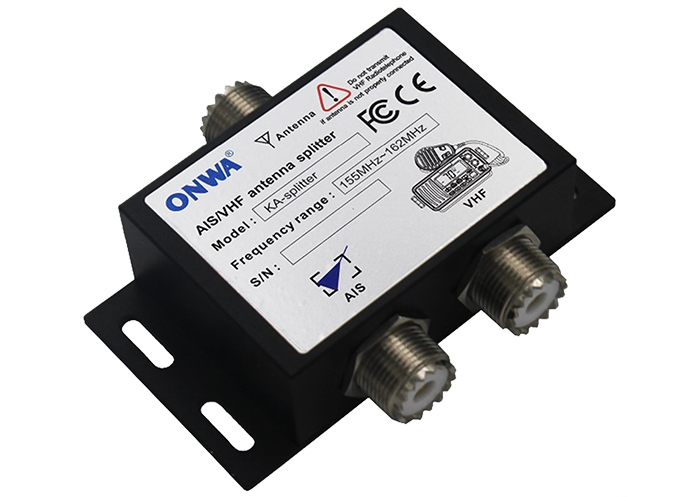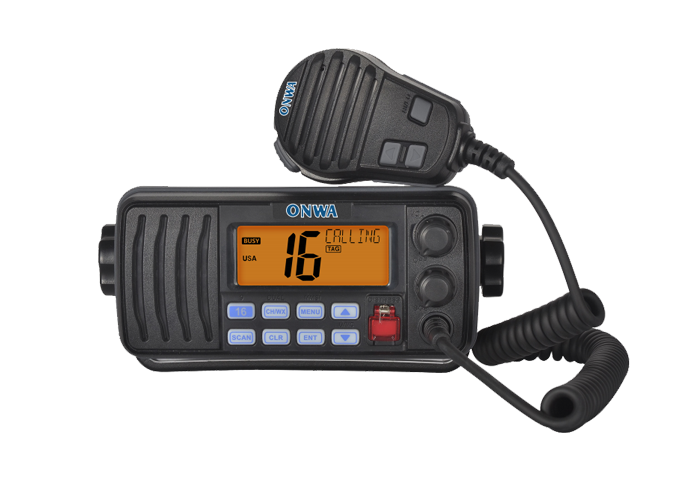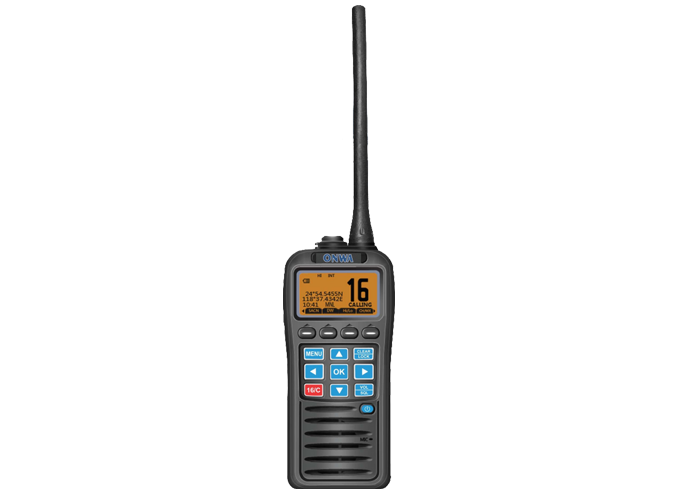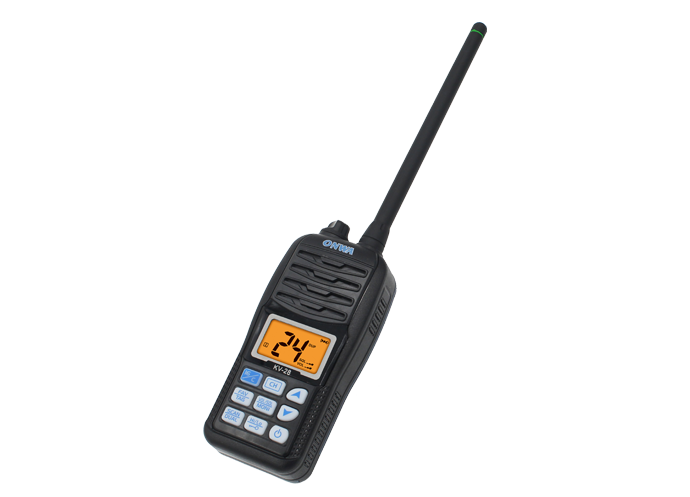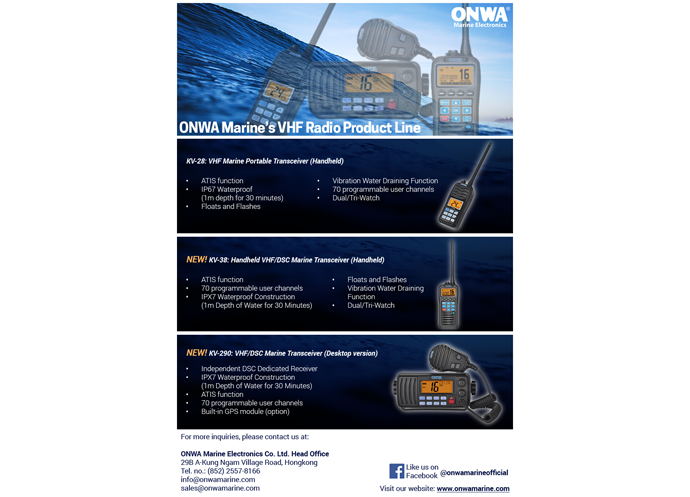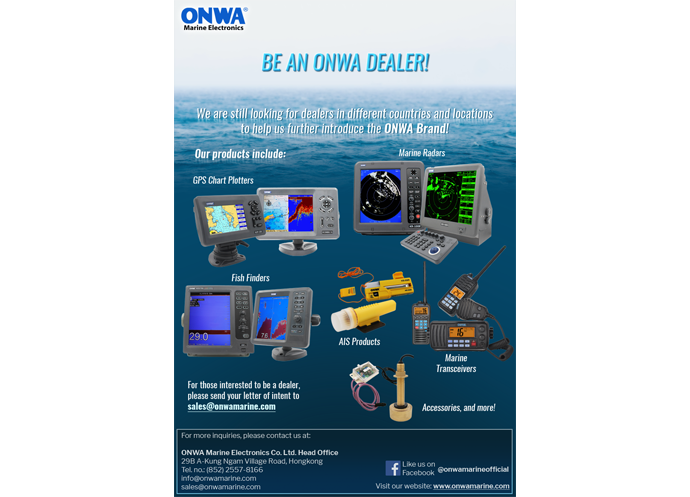What is VHF Marine Radio?
VHF marine radio, an abbreviation for Very High Frequency, is a critical component in maritime communication systems. Its significant role in ensuring navigation safety and efficiency on water makes it a staple in any modern boating adventure, whether professional or recreational. As a comprehensive radio system, VHF marine radio enables constant communication within a marine environment, proving incredibly helpful in emergency situations.Definition of VHF Marine Radio
A VHF marine radio operates within a specific frequency range for educational, commercial, personal, and emergency purposes in maritime scenarios. The term "Very High Frequency" is attributed to its operation within the spectrum of 156.0 to 162.025 MHz, specifically designated for marine communication.The Importance of VHF Marine Radio
The significance of the VHF marine radio cannot be understated. It acts as a lifeline between vessels, as well as between vessels and shore stations, facilitating smooth and efficient maritime operations. Moreover, its role becomes paramount during emergencies, expediting rescue operations and ensuring distress calls are attended to promptly.Frequency Range of VHF Marine Radio
A fundamental aspect of understanding the marine VHF radio system is the frequency range. This radio operates between 156.0 to 162.025 MHz, a frequency bandwidth designated for maritime use. This upper VHF spectrum allows for reliable communication over distances that typically encompass the visual horizon.Channels of VHF Marine Radio
VHF marine radio offers a multitude of channels, each serving a specific purpose. For instance, Channel 16, transmitting on 156.8 MHz, is renowned as the international calling and distress channel. It's reserved for distress, safety, and calling and should be monitored continuously when at sea. Understanding these channels and their designated uses is paramount for effective and responsible VHF marine radio operation.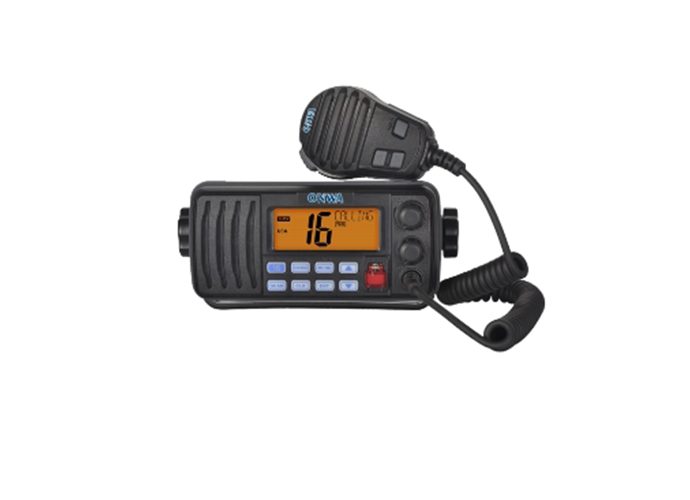
Choosing the Best VHF Marine Radio
The best VHF marine radio that fulfills your maritime communication needs involves considering several critical factors. These factors ensure that the radio you choose enhances your safety, communication effectiveness, and resilience against harsh marine conditions. Understanding these elements deeply affects the value and utility you get from your VHF marine radio.Critical Factors in Selecting a VHF Marine Radio
Features
- Digital Selective Calling (DSC): DSC capability is an essential feature for modern VHF marine radios, allowing for instant distress signals to be sent with the push of a button.
- GPS Integration: Having a built-in GPS in your VHF marine radio improves safety by broadcasting your exact location during distress calls.
- Waterproof Rating: Given the marine environment, a high waterproof rating (IPX7 or higher) ensures the radio withstands accidental submersion.
- Floatation: Especially for handheld models, the ability to float significantly increases the chance of recovery if dropped overboard.
Range
- Transmission Power: The power output, typically measured in watts, directly influences how far your marine radio VHF can transmit and receive signals. Fixed-mount radios usually offer higher power output than handheld ones.
- Antenna Type and Height: The range can also be significantly affected by the type and height of the antenna. A properly mounted external antenna will usually extend the effective range.
Durability
- Build Quality: The overall build quality determines how well the radio stands up to the marine environment, including salt, water, and sun exposure.
- Battery Life: For handheld units, long battery life ensures continuous operation during extended trips without frequent recharging or battery replacements.
- Manufacturer Reputation & Warranty: Choosing a VHF marine radio from a reputable manufacturer with a robust warranty can provide peace of mind regarding its durability and reliability.
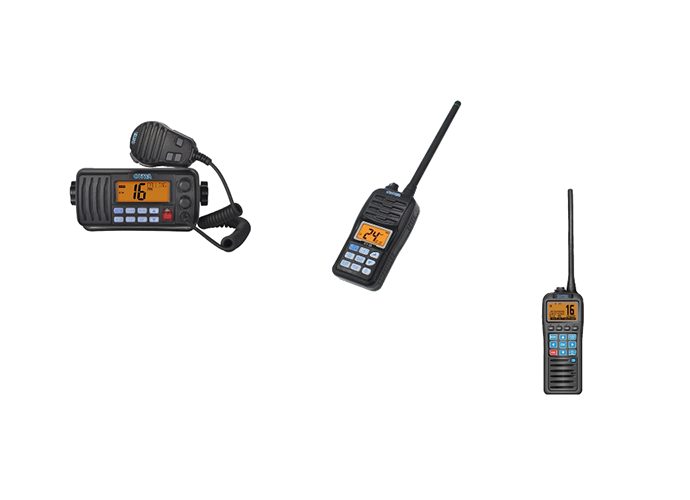
Key Features of High-Quality VHF Marine Radios
When choosing a VHF marine radio, understanding the key features that define a high-quality unit is crucial. These radios are indispensable tools for ensuring safety and communication in marine environments. High-quality VHF marine radios come equipped with a range of features designed to withstand challenging marine conditions, enhance usability, and improve emergency response capabilities.Waterproof Design and Floating Capabilities
Waterproof Design
A waterproof design is non-negotiable for any marine radio VHF worth its salt. Given that these devices are used in wet conditions, the ability to resist water ingress is fundamental. Look for radios that comply with International Protection Marking standards, specifically IPX7 or higher. This rating ensures that the device can be submerged in water up to 1 meter for 30 minutes without sustaining damage.Floating Capabilities
Floating capabilities add an extra layer of security, especially for handheld units. A VHF marine radio that floats is easier to retrieve if dropped overboard. This feature is particularly important in emergency situations where losing your radio could mean losing your line of communication with potential rescuers.Advanced Features
Built-in GPS
A built-in GPS in a VHF marine radio can be a lifesaver. This feature allows for precise location tracking, which is crucial in emergency situations. It enables rescuers to find your exact location quickly, significantly reducing response times. Additionally, GPS features may include waypoint navigation, enhancing your navigational capabilities during your marine adventures.Emergency Distress Calling (DSC)
Digital Selective Calling (DSC) is a core feature of modern VHF marine radios. It allows you to send a digitally encoded distress signal at the push of a button. This signal includes vital information such as your vessel's identity and location. DSC significantly improves the efficiency of maritime rescue operations, ensuring quick deployment of help.NOAA Weather Broadcasts and Alerts
Access to NOAA weather broadcasts and alerts is an invaluable feature of high-quality VHF marine radios. This function enables you to receive real-time weather updates and alerts, essential for planning and adjusting your course to avoid adverse conditions. Staying informed about the weather can prevent being caught in dangerous situations, making it a critical feature for safety on the water. When selecting a marine radio VHF, prioritizing these key features will enhance your safety, navigation, and communication capabilities in marine environments. A waterproof and floating design, along with advanced features like built-in GPS, DSC, and NOAA weather access, make a VHF marine radio an essential tool for any maritime adventure.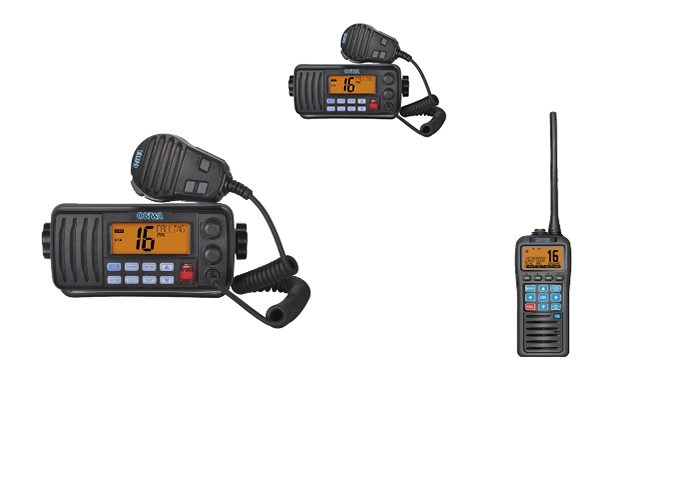
Essential Accessories for VHF Marine Radios
When it comes to maximizing the functionality and efficiency of your VHF marine radio, selecting the right accessories is crucial. Among these, the antenna notably stands out due to its significant impact on communication range and quality. Understanding the importance of VHF marine radio antennas and knowing which models to consider can greatly enhance your maritime communication experience.Importance of VHF Marine Radio Antennas
Enhancing Communication Range
The primary function of marine VHF radio antennas is to significantly enhance the communication range of your radio. A high-quality antenna can mean the difference between clear, long-distance communications and frustratingly limited connectivity. The effectiveness of a VHF marine radio largely depends on the height and quality of its antenna. Since VHF communications operate primarily on the line-of-sight principle, the taller the antenna, the further your signal travels, overcoming obstacles such as waves and the curvature of the Earth.Ensuring Quality of Signal
In addition to extending range, VHF marine radio antennas also play a crucial role in maintaining the quality of the signal. A well-designed antenna will ensure that your transmissions are clear and that you can receive messages without excessive noise or signal loss. This clarity is essential in emergency situations where miscommunication can lead to delayed responses or misunderstandings.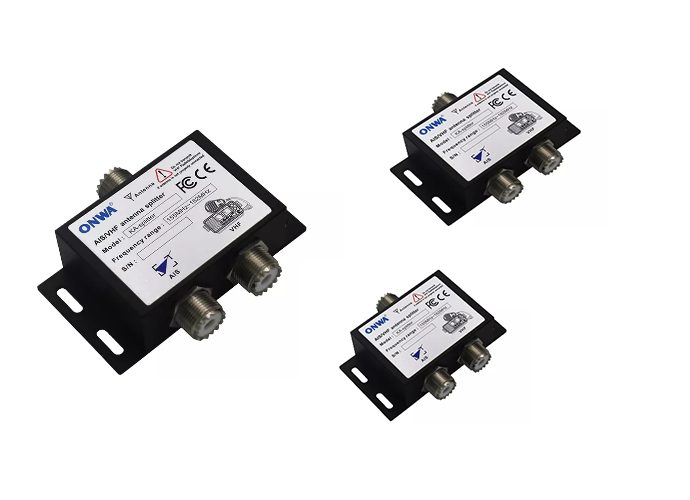
VHF Marine Radio Installation and Maintenance Tips
Ensuring the proper installation and maintenance of a VHF marine radio is crucial for reliable performance and longevity. A correctly installed VHF marine radio not only provides clear communication but also enhances safety on the water. Likewise, adhering to maintenance tips can significantly extend the service life of your radio.Proper Installation of a VHF Marine Radio and Antenna
Selecting the Right Location
When installing a VHF marine radio, choosing the right location on your vessel is critical. You should position the radio in a central area where it is easily accessible in case of an emergency but protected from direct exposure to water and extreme weather conditions. The antenna should be mounted as high as possible to maximize the range of communication, typically on the mast or atop the cabin in powerboats.Ensuring Secure and Correct Connections
It’s essential to ensure that all connections between the VHF marine radio and the antenna are secure and properly made. Use high-quality, marine-grade coaxial cable to connect the radio to the antenna, and ensure that the connectors are waterproofed. Proper grounding is also crucial to prevent electrical interference and enhance signal quality. Follow the manufacturer’s instructions carefully to avoid common installation errors.Maintenance Tips for Long-Lasting Performance and Reliability
Regular Cleaning and Inspection
Regular cleaning and inspection of your VHF marine radio and its components can prevent corrosion and wear. Gently clean the radio's exterior with a soft, damp cloth to remove salt, dirt, and debris. Inspect the antenna, cables, and connectors for signs of wear or corrosion. Replace any damaged parts immediately to maintain optimal performance.Protecting Against the Elements
While VHF marine radios are designed for marine environments, taking additional steps to protect your equipment from the elements can extend its lifespan. When not in use, consider covering the radio with a water-resistant cover. Additionally, ensure that the antenna is securely fastened and check it periodically for stability, particularly after severe weather conditions.Functional Testing
Regularly test your VHF marine radio to ensure it is functioning correctly. Perform a radio check with a nearby station or use the automatic radio check service available in some areas. Testing not only assures you of your radio’s operational status but also familiarizes you with its functions, which is crucial in emergency situations. By following these installation and maintenance guidelines, you can maximize the efficiency, reliability, and lifespan of your VHF marine radio, ensuring that it serves as a dependable communication tool during all your marine adventures.VHF Marine Radio Regulatory Aspects: Licensing and Compliance
Navigating the various legal and regulatory requirements for VHF marine radio operation can be as critical as mastering its operational use. It's important for operators to understand the nuances of Federal Communications Commission (FCC) license requirements, especially when embarking on international voyages or using specific radio equipment. Beyond staying compliant, obtaining the necessary licenses ensures that the marine communication channels remain reliable and orderly for all users.FCC License Requirements for VHF Marine Radio
International Voyages and Specific Equipment
When it comes to VHF marine radio use, the FCC mandates that all vessels traveling internationally should be licensed. The same applies to vessels using certain radio equipment, including automatic identification systems or emergency position indicating radio beacons. This requirement is intended to standardize marine communication across international waters and ensure that all equipment on board meets the necessary safety and operational standards.Understanding the Legal Obligations
Obtaining an FCC license is not just a formality; it's a legal requirement for vessel owners who fall under the stipulated conditions. Failure to comply can lead to penalties, operational restrictions, or interruptions. The license ensures your equipment is registered and recognized internationally, which aids in identification and communication with other vessels and port authorities worldwide.Obtaining an FCC Ship Station License
The Application Process
To obtain an FCC ship station license, the vessel owner must submit an application form via the FCC's Universal Licensing System (ULS). The process includes providing detailed information about the vessel, the owner, and the radio equipment used. A fee is typically associated with filing for a license, and it must be renewed every ten years to remain valid.The Involvement of the USCG Navigation Center
The USCG Navigation Center plays a pivotal role in marine safety and navigation, which includes radiocommunication. While the center itself does not issue licenses, it is a valuable resource for information about maritime radiocommunication policies and educational materials on using VHF marine radios responsibly. The center also provides crucial updates regarding navigation and safety issues that might affect communication on VHF frequencies. By adhering to these regulatory measures, operators ensure that their VHF marine radio usage is not only compliant with international standards but also contributes to the efficient and safe management of marine communications. It maintains the integrity of marine radio as a resource for all users, helping to ensure safety at sea.How to Use Your VHF Marine Radio
Mastering your VHF marine radio goes beyond installation and maintenance - it encompasses understanding how to communicate in both standard and emergency scenarios effectively. Whether you're coordinating with other vessels, contacting marinas, or facing a distress situation, knowing the correct procedures ensures that your communications are clear, concise, and correctly received.Making a Standard VHF Marine Radio Call
Initiate the Call Correctly
To make a call on your VHF marine radio, first ensure you are on a non-emergency channel, such as Channel 16, which is used for calling other stations or ships. Begin your transmission by stating the name of the station or vessel you are calling twice, followed by the phrase "This is," then your vessel's name and any other identifiers like your call sign, if you have one, spoken thrice. For example: "Marina Bay, Marina Bay, this is Sailing Vessel Horizon, Horizon, Horizon."Switching to a Working Channel
Once the called party responds, suggest switching to a working channel for further conversation to keep the calling channel free for other users. For instance, you could say, "Switch to Channel 72." Wait for confirmation, then switch your VHF marine radio to the agreed channel and re-establish communication to continue your conversation.Emergency Procedures on a VHF Marine Radio
Declaring an Emergency
In an emergency where life or property is in immediate danger, use Channel 16 for your distress call. Clearly state "Mayday, Mayday, Mayday," followed by your vessel's name and position. Give a detailed account of your situation and the assistance required. Repeat this information until you receive an acknowledgment from a coast guard station, another vessel, or a maritime safety entity.Understanding Marine Frequencies for Emergency Use
Familiarize yourself with the specific marine frequencies dedicated to emergencies. Channel 16, as mentioned, is reserved for distress, safety, and calling purposes. However, there are also other channels, like Channel 70, which is used for digital selective calling (DSC), a function that sends an automatic distress alert with your vessel's information. Knowing these frequencies and how to use them can be critical during emergencies.Example Emergency Call Procedure
- Press and hold the transmit button on your VHF marine radio.
- Clearly state, "Mayday, Mayday, Mayday, This is [Vessel Name], [Vessel Name], [Vessel Name]."
- Release the transmit button briefly to see if there is any immediate response.
- If there is no response within a short period, repeat the distress call, providing your location, the nature of your distress, the kind of assistance needed, and any other relevant information.
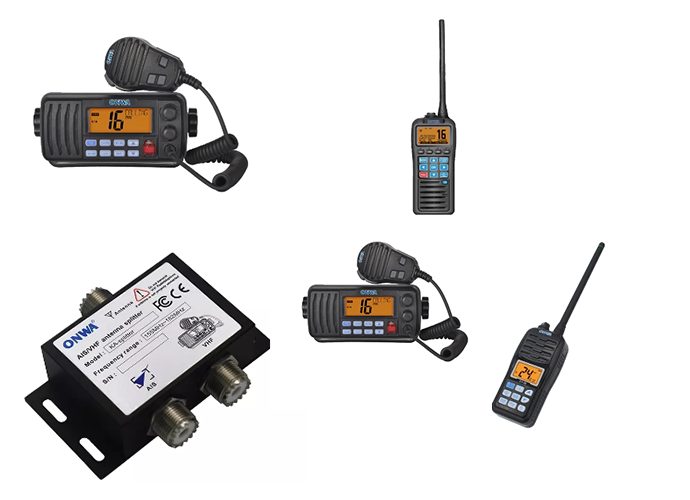
>>Click here view more

